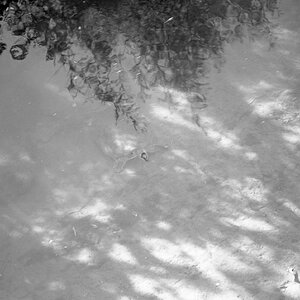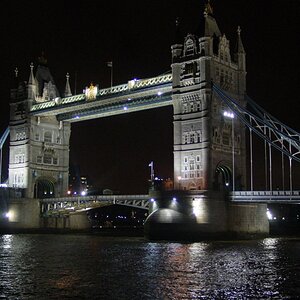kevsdad
TPF Noob!
- Joined
- Feb 28, 2013
- Messages
- 3
- Reaction score
- 0
- Location
- United States
- Can others edit my Photos
- Photos OK to edit
I have a Canon T3i and will be purchasing a 430EXii soon. What actually triggers the off-camera flash (430EXii)? The light from the internal flash or is there a transmitter in the camera (T3i) that only works when the internal flash is open? Reason I ask is I have an old Vivitar 285 that I could use as the primary flash, but it must use the shoe, either on-camera of off by means of a cable, leaving the internal flash unusable as it will not open if the shoe is occupied. Will the light from the 285 trigger the off-camera 430 to fire or does the internal flash have to do that? Thanks.







![[No title]](/data/xfmg/thumbnail/33/33027-0118cfc4034a37ef267ca6f8aa2fe04a.jpg?1619735841)



![[No title]](/data/xfmg/thumbnail/42/42466-109a1021e2f0f132abfd74e1a6e39444.jpg?1619740192)

